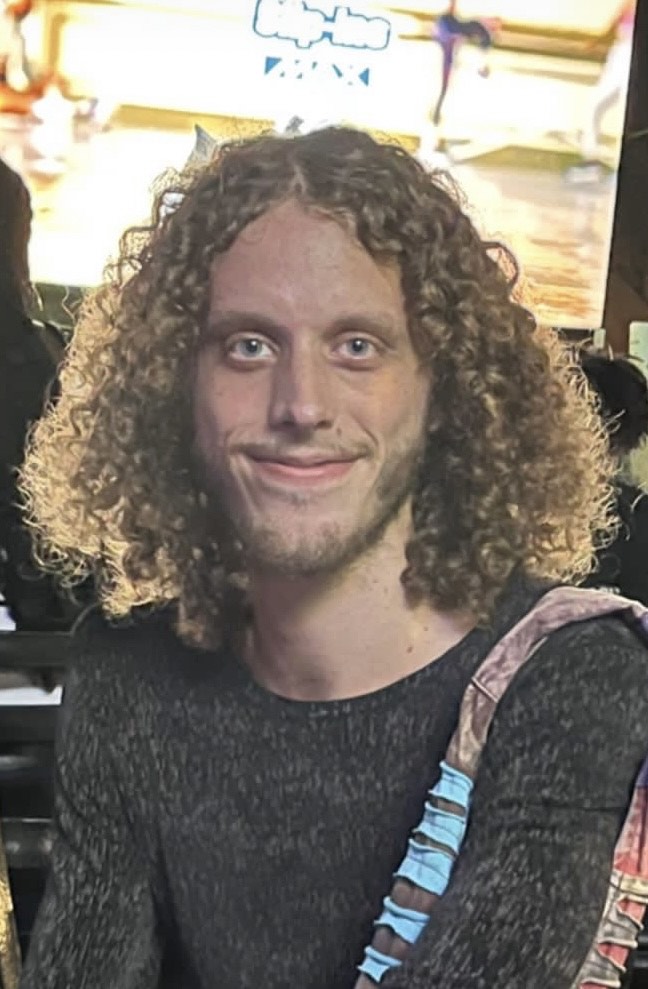New Orleans, LA: Ride New Orleans

My name is Timothy Cardner, and I am a musician, barista, and board member of Ride New Orleans. I moved to New Orleans to study music at the University of New Orleans in 2017, and graduated in 2022.
My first experience with transit was taking the 55 Elysian Fields bus from UNO to my job at Cafe du Monde in the French Quarter. My shifts ended between midnight and 1 am, meaning that sometimes I would have to wait until 3 am for a bus. Other times I just waved down a cab. I own a car now, but the cost of parking and gas make it too expensive to drive every day. I save my car for when I’m transporting music equipment or when I’m leaving town. For everything else, I rely on the RTA.
I now work at Cafe Beignet on Canal Street, where parking my car for a single shift would cost me over two hours of work. To get to work I catch the crowded 9 Broad bus at 5:50 am and take it to Canal Street, where a handful of riders and I transfer to the streetcar. The buses are so infrequent in the morning that if I miss one bus I will be late. The next 9 bus doesn’t arrive until 6:25, just 5 minutes before my shift starts. The transfers aren’t coordinated either, so we must rely solely on experienced operators who are familiar with the schedules to wait for us. Sometimes, the streetcar rolls away as we are stepping off the bus.
Most stops do not have a bench or shelter. Many don’t even have signage. The RTA redesigned their system in 2022, but they didn’t start updating signage until well into 2023. The new signs are made of cheap corrugated plastic zip-tied to a pole. Some are even handwritten. A lot of the new signs have since disappeared, leaving just a pole in the ground to indicate a stop. I’ve been passed by operators who didn’t realize that I was waiting at a designated stop. Now I make sure to walk to a stop that has signage instead of risking being passed up.
Our buses are breaking down at a rate faster than they can be fixed, often times in the middle of a route. Buses will vanish from the app without any notification to riders that are waiting. On multiple occasions I had to wait over an hour for a bus that was supposed to arrive in 10 minutes. Not knowing if your bus is actually coming makes it very stressful trying to get to work.
The system is also inaccessible to those who would benefit from it the most. The condition of sidewalks and roads near stops is not good, making it difficult if not impossible for someone on a wheelchair to board safely. Those without smartphones have to rely on outdated or nonexistent signage. Many elderly New Orleanians didn’t know their routes were changed until they were stepping on the bus! There are no braille signs or auditory announcements at stops, making it incredibly difficult for blind or visually impaired people to know what stop they are at. A large portion of the population of Greater New Orleans speak Spanish and Vietnamese, but almost all signage is in English.
The best transit systems in the world all have things in common: high frequencies, safe infrastructure, reliable service, but most importantly, they have the adequate funding to operate. Allocating more resources to improve frequencies, signage, and other overall reliability would be life changing for myself and every resident of New Orleans. This is essential if we want to create an equitable and world-class transit system for our future New Orleanians.
